Feature Articles
Is the Technology Gap the Reason Why Medical Errors are the 3rd Leading Cause of Death in the US?
 Hardly a day goes by without some new revelation of an information technology (IT) mess in the United States that seems like an endless round of the old radio show joke contest, “Can You Top This” except that increasingly the joke is on us. From nuclear weapons updated with floppy disks, to critical financial systems in the Department of the Treasury that run on assembler language code (a computer language initially used in the 1950s and typically tied to the hardware for which it was developed), to medical systems that cannot exchange patient records leading to a large number of needless deaths from medical errors.
Hardly a day goes by without some new revelation of an information technology (IT) mess in the United States that seems like an endless round of the old radio show joke contest, “Can You Top This” except that increasingly the joke is on us. From nuclear weapons updated with floppy disks, to critical financial systems in the Department of the Treasury that run on assembler language code (a computer language initially used in the 1950s and typically tied to the hardware for which it was developed), to medical systems that cannot exchange patient records leading to a large number of needless deaths from medical errors.
Plug and Play Healthcare: Open Middleware and the Emergence of a Functional Interoperability Framework
 “A middleware architecture has been shown to be the best technological solution for addressing the problem of EHR interoperability. The middleware platform facilitates the transparent, yet secure, access of patient health data, directly from the various databases where it is stored. A server-based middleware framework supporting access to the various patient health data stores allows for a scalable, unified and standardized platform for applications to be developed upon. The middleware architectural design has been successfully used to link data from multiple databases, irrespective to the database platform or where the database is located,” says Voltz. Read More »
“A middleware architecture has been shown to be the best technological solution for addressing the problem of EHR interoperability. The middleware platform facilitates the transparent, yet secure, access of patient health data, directly from the various databases where it is stored. A server-based middleware framework supporting access to the various patient health data stores allows for a scalable, unified and standardized platform for applications to be developed upon. The middleware architectural design has been successfully used to link data from multiple databases, irrespective to the database platform or where the database is located,” says Voltz. Read More »
Ripple: Making Waves in Healthcare IT
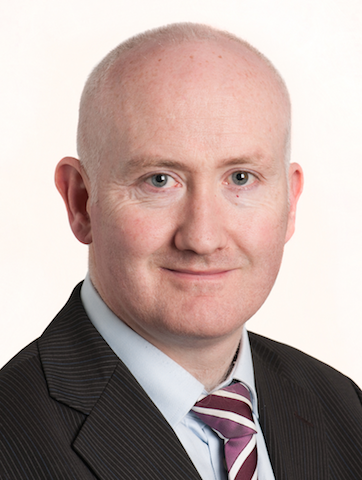 The Ripple Program, based out of Leeds and building upon the lessons learned from the Leeds Care Record, has recently been set up to positively disrupt health and social care towards those ends. Importantly the ethos of “open” is at the heart of the work and for very good reason. It is clear that interoperability between Health IT systems will drive real change but, what is even clearer is that only an open source approach will positively disrupt this health and social care landscape across the NHS and across the globe. Funded by NHS England and hosted by Leeds City Council, the focus of Ripple is to support health and social care organizations by providing six open source elements which can be used individually, in combination or as a whole, and are consistent patterns of need when embarking on an work towards healthcare improvement with information technology.
The Ripple Program, based out of Leeds and building upon the lessons learned from the Leeds Care Record, has recently been set up to positively disrupt health and social care towards those ends. Importantly the ethos of “open” is at the heart of the work and for very good reason. It is clear that interoperability between Health IT systems will drive real change but, what is even clearer is that only an open source approach will positively disrupt this health and social care landscape across the NHS and across the globe. Funded by NHS England and hosted by Leeds City Council, the focus of Ripple is to support health and social care organizations by providing six open source elements which can be used individually, in combination or as a whole, and are consistent patterns of need when embarking on an work towards healthcare improvement with information technology.
Adrian Gropper Calls for "HIE of One" to Protect Patient Privacy
 Leonard Kish talks with patient privacy advocate and expert, Dr. Adrian Gropper, about his work in providing better patient control over their health data and the role of agency, identity and existing internet tools to fulfill better patient control. Dr. Gropper's take on The Pledge for interoperability and patient access: it's a deflection to try to skirt around government action. According to Gropper, who was interviewed during the HIMSS16 conference, the patients' right of consent around their data has been seen as too risky, but the converse is now that there is zero accountability and massive amounts of data are being sold on the black market.
Leonard Kish talks with patient privacy advocate and expert, Dr. Adrian Gropper, about his work in providing better patient control over their health data and the role of agency, identity and existing internet tools to fulfill better patient control. Dr. Gropper's take on The Pledge for interoperability and patient access: it's a deflection to try to skirt around government action. According to Gropper, who was interviewed during the HIMSS16 conference, the patients' right of consent around their data has been seen as too risky, but the converse is now that there is zero accountability and massive amounts of data are being sold on the black market.
Shahid Shah Predicts CMS Value-Based Payments Will Drive Adoption of Open Source in Health IT
 Shahid Shah, the CEO of Netspective, is one of the most knowledgeable healthIT voices in the world, and he's also is optimist when it comes to open source in health care. Leonard Kish talked with Shahid about open source in health care and where it's headed in the hallways at HIMSS16. Shahid believes open source is just picking up steam because open source is about building connections and driving middleware. That's just the place that healthcare is at at the moment.
Shahid Shah, the CEO of Netspective, is one of the most knowledgeable healthIT voices in the world, and he's also is optimist when it comes to open source in health care. Leonard Kish talked with Shahid about open source in health care and where it's headed in the hallways at HIMSS16. Shahid believes open source is just picking up steam because open source is about building connections and driving middleware. That's just the place that healthcare is at at the moment.
A Primer on the Open Source Movement from a Health Care Perspective
 Open source, in myriad forms, has emerged as a significant development model that drives both innovation and technological dispersion. Ignore it at your peril, as did the major computer companies destroyed or totally remade by Linux and free software, or encyclopedia publishers by Wikipedia, or journalists and marketers by social media. The term "open source" was associated first with free software, but it goes far beyond software now. People around the world use open hardware, demand open government, share open data, and--yes--pursue open health. The field of health, in particular, will be transformed by open source principles in software, in research, in consultations and telemedicine, and in the various forms of data sharing all these processes call for.
Open source, in myriad forms, has emerged as a significant development model that drives both innovation and technological dispersion. Ignore it at your peril, as did the major computer companies destroyed or totally remade by Linux and free software, or encyclopedia publishers by Wikipedia, or journalists and marketers by social media. The term "open source" was associated first with free software, but it goes far beyond software now. People around the world use open hardware, demand open government, share open data, and--yes--pursue open health. The field of health, in particular, will be transformed by open source principles in software, in research, in consultations and telemedicine, and in the various forms of data sharing all these processes call for.
The Patient-Data Pipeline: The Missing Juncture of Flow and Connectivity in Healthcare IT Systems
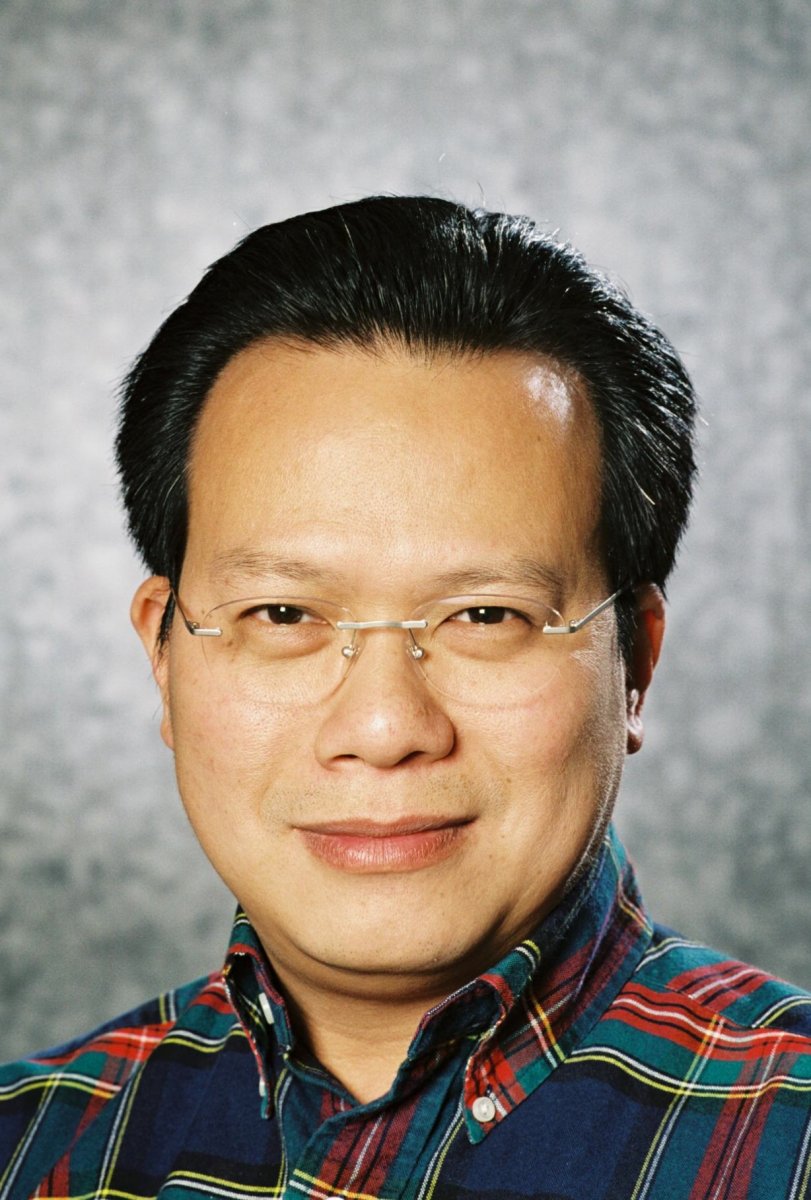 Part of today’s complexity in healthcare stems from the way our healthcare IT systems have emerged. There are multiple entry points for patients into the healthcare system, from a relationship with a primary care physician to the sporadic, disconnected and random interaction with emergency departments, urgent care and wellness clinics. Based on current technology and the overall nature of the beast, it is highly doubtful that a single point of entry into the healthcare delivery system will ever occur and is actually less important than the quality and cost of the care delivered. The key is the understanding of how patients’ data flows through healthcare IT systems and building an infrastructure that optimizes that flow of data and information.
Part of today’s complexity in healthcare stems from the way our healthcare IT systems have emerged. There are multiple entry points for patients into the healthcare system, from a relationship with a primary care physician to the sporadic, disconnected and random interaction with emergency departments, urgent care and wellness clinics. Based on current technology and the overall nature of the beast, it is highly doubtful that a single point of entry into the healthcare delivery system will ever occur and is actually less important than the quality and cost of the care delivered. The key is the understanding of how patients’ data flows through healthcare IT systems and building an infrastructure that optimizes that flow of data and information.
Overview of Major eClinical Trends and Clinical Research
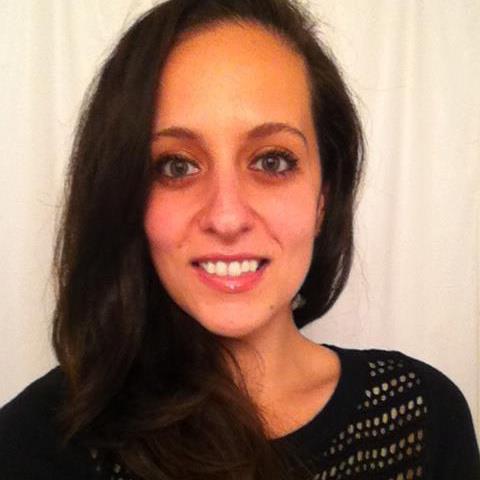 Clinical research is well on its way to transforming its paper-driven model to an all things electronic format. During the past year, the clinical trial industry has made considerable progress in adopting technology as a way to streamline data collection, transmission, and monitoring. This article focuses on the top eClinical trends of 2015 and beyond. Among the latest developments- adoption rates are higher for electronic data capture (EDC), electronic source data (eSource), and eClinical integration, as the focus is now on capturing real-time data as a continuous stream. These trends are partially the result of high-tech devices, sensors and wearables entering the clinical trial industry, as well as the FDA embracing technology and opening up a dialogue with experts on how to best channel this revolution in order to advance clinical research.
Clinical research is well on its way to transforming its paper-driven model to an all things electronic format. During the past year, the clinical trial industry has made considerable progress in adopting technology as a way to streamline data collection, transmission, and monitoring. This article focuses on the top eClinical trends of 2015 and beyond. Among the latest developments- adoption rates are higher for electronic data capture (EDC), electronic source data (eSource), and eClinical integration, as the focus is now on capturing real-time data as a continuous stream. These trends are partially the result of high-tech devices, sensors and wearables entering the clinical trial industry, as well as the FDA embracing technology and opening up a dialogue with experts on how to best channel this revolution in order to advance clinical research.
WellTrackONE and Zoeticx Demonstrate Interoperability by Integrating Good Samaritan’s EHR System with Indiana HIE
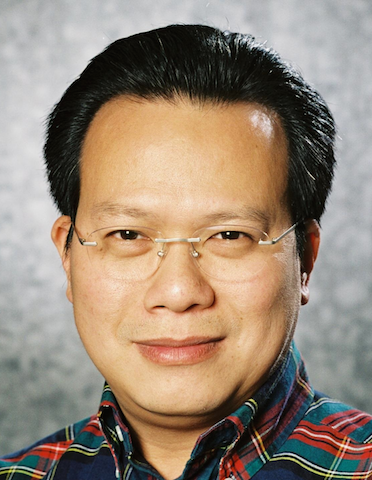 The long awaited road to true healthcare IT system interoperability is being implemented at Good Samaritan in Indiana, enabling the 232-bed community health-care facility to better deliver on its commitment to delivering exceptional patient care. The system will also enable the hospital to substantially increase their practice’s revenue while containing healthcare system integration costs....The integration is being made possible with Zoeticx’s Patient-Clarity interoperability platform which will integrate WellTrackONE’s Annual Wellness Visit (AWV) patient reports with Indiana’s Health Information Exchange (IHIE) and the hospital’s Allscripts EHR.
The long awaited road to true healthcare IT system interoperability is being implemented at Good Samaritan in Indiana, enabling the 232-bed community health-care facility to better deliver on its commitment to delivering exceptional patient care. The system will also enable the hospital to substantially increase their practice’s revenue while containing healthcare system integration costs....The integration is being made possible with Zoeticx’s Patient-Clarity interoperability platform which will integrate WellTrackONE’s Annual Wellness Visit (AWV) patient reports with Indiana’s Health Information Exchange (IHIE) and the hospital’s Allscripts EHR.
CMS Inclusion of API’s for Stage 3 Meaningful Use Rule is the Right Decision
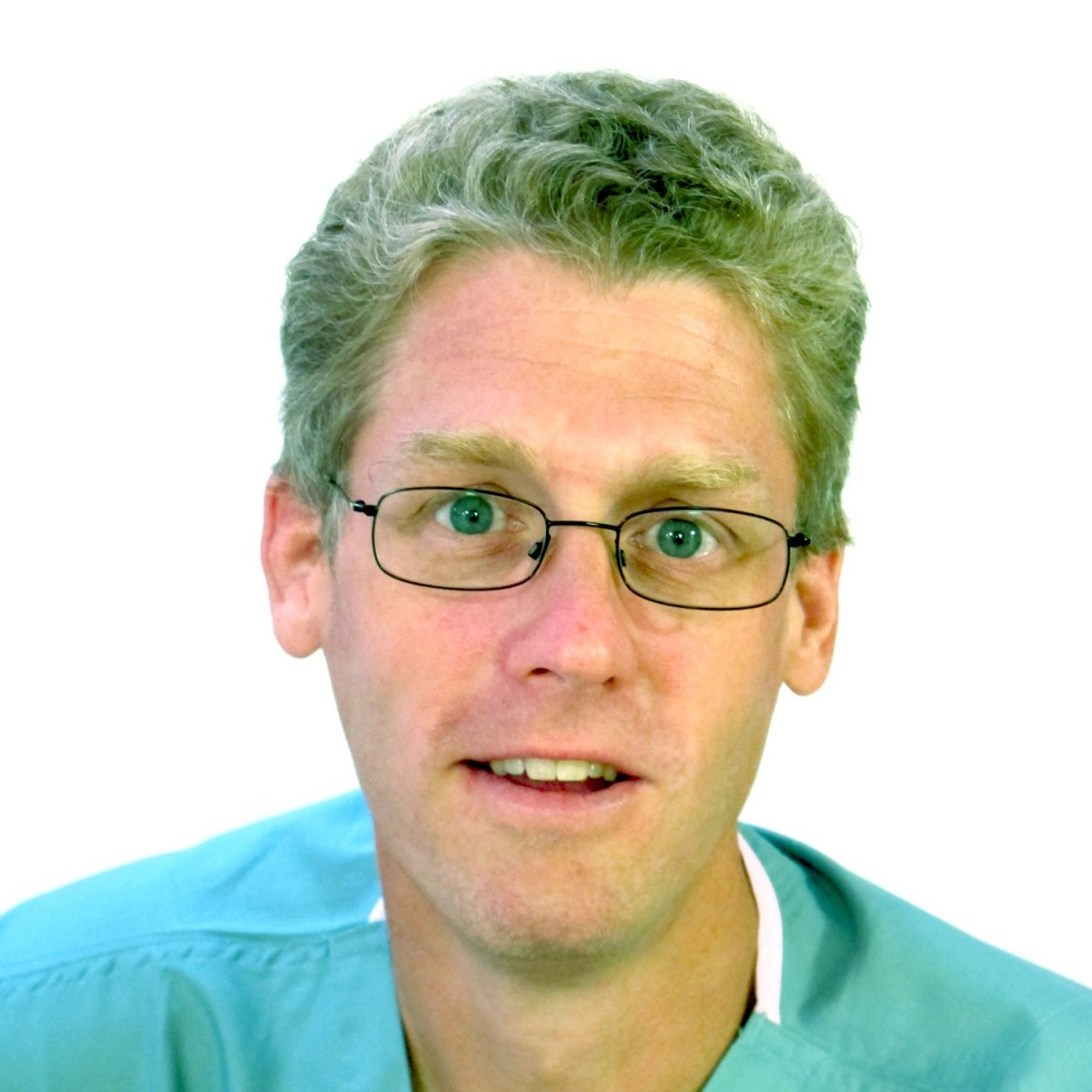 One of these rules, the decoupling of EHR certification and meaningful use brings some hope to those looking to build upon established EHRs and other health databases. Prior to this, there has been a very tightly held belief that EHR systems would contain the answers needed to fulfill all governmental regulations, something that has not been shown to be the case. EHR’s are becoming very important tools for healthcare delivery, yet their regimented, and for the most part proprietary data storage models, do not allow for easy customization to meet the needs of our patients and the various healthcare professionals dependent upon them for day-to-day management of patients.
One of these rules, the decoupling of EHR certification and meaningful use brings some hope to those looking to build upon established EHRs and other health databases. Prior to this, there has been a very tightly held belief that EHR systems would contain the answers needed to fulfill all governmental regulations, something that has not been shown to be the case. EHR’s are becoming very important tools for healthcare delivery, yet their regimented, and for the most part proprietary data storage models, do not allow for easy customization to meet the needs of our patients and the various healthcare professionals dependent upon them for day-to-day management of patients.
The Growing Trend Of Clinical Research Crowdsourcing
 The trend of open collaboration has led to innovation across multiple industries. For decades, big pharma has been known as conservative and slow to change. Today however, there is a growing movement toward open access and crowdsourcing scientific information to accelerate research and development. Open-source platforms have let developers create multiple crowdsourcing applications, that are further enabling the crowdsourcing trend in the life sciences industry, as well.
The trend of open collaboration has led to innovation across multiple industries. For decades, big pharma has been known as conservative and slow to change. Today however, there is a growing movement toward open access and crowdsourcing scientific information to accelerate research and development. Open-source platforms have let developers create multiple crowdsourcing applications, that are further enabling the crowdsourcing trend in the life sciences industry, as well.
InnerSource: a practical application of open source techniques within organizational boundaries
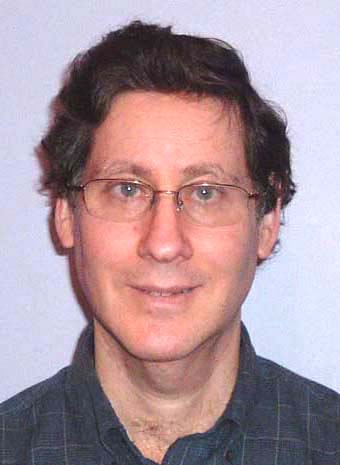 Using open source methods within your own company--without offering up your resulting source code to the public--is called InnerSource. A report I wrote for O'Reilly Media titled Getting Started with InnerSource lays out some of the benefits of the open source model and how one company, PayPal, is carrying out both open source projects and InnerSource. Why would you want InnerSource? According to the report, your organization can grow and become more productive in several ways...
Using open source methods within your own company--without offering up your resulting source code to the public--is called InnerSource. A report I wrote for O'Reilly Media titled Getting Started with InnerSource lays out some of the benefits of the open source model and how one company, PayPal, is carrying out both open source projects and InnerSource. Why would you want InnerSource? According to the report, your organization can grow and become more productive in several ways...
How Wearable Electronics Will Change Clinical Trials
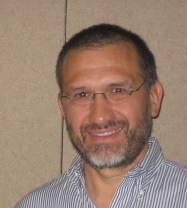 Advances in sensor technology and microelectronics have opened new opportunities in the health and life sciences industries. Wearable sensors allow for continuous bio-monitoring without any manual intervention, thus reducing provider-patient interaction and costs while contributing improvements in the quality of the data...The broad adoption of biosensors by consumers, combined with advances in Nano and Cloud technologies are expected to radically change the way research is conducted by the Life Science industry, improving patient recruiting and monitoring, while lowering development and therapy cost.
Advances in sensor technology and microelectronics have opened new opportunities in the health and life sciences industries. Wearable sensors allow for continuous bio-monitoring without any manual intervention, thus reducing provider-patient interaction and costs while contributing improvements in the quality of the data...The broad adoption of biosensors by consumers, combined with advances in Nano and Cloud technologies are expected to radically change the way research is conducted by the Life Science industry, improving patient recruiting and monitoring, while lowering development and therapy cost.
Will PHIEs Lead the Consumer Medical Record Revolution and Bridge the Gap Between Personal Health Records and EHRs?
 It has only been about two generations since traveling medicine shows were common forums for medical information. Phony research and medical claims were used to back up the sale of all kinds of dubious medicines. Potential patients had no real method to determine what was true or false, let alone know what their real medical issues were. Healthcare has come a long way since those times, but similar to the lack of knowing the compositions of past medical concoctions and what ailed them, today’s digital age patients still don’t know what is in their medical records. They need transparency, not secret hospital –vendor contracts and data blocking, like the practices being questioned by the New York Times. One patient, Regina Holliday resorts to using art to bring awareness to the lack of patient’s access to their own medical records.
It has only been about two generations since traveling medicine shows were common forums for medical information. Phony research and medical claims were used to back up the sale of all kinds of dubious medicines. Potential patients had no real method to determine what was true or false, let alone know what their real medical issues were. Healthcare has come a long way since those times, but similar to the lack of knowing the compositions of past medical concoctions and what ailed them, today’s digital age patients still don’t know what is in their medical records. They need transparency, not secret hospital –vendor contracts and data blocking, like the practices being questioned by the New York Times. One patient, Regina Holliday resorts to using art to bring awareness to the lack of patient’s access to their own medical records.
Stop the Scam on Health Care Consumers and Open Up the Data
 Remember the health insurance uproar in the 1980s and 1990s? We're about to get it again. Thirty years ago, the public had torches and pitchforks out because insurers were overriding their doctors with decisions made hundreds of miles away by bureaucrats. Currently, the controversy is over high deductibles and low caps on payments. Insurers and employers say the shift of health care payments to the patient will lead to a more discriminating use of the health care system--but patients know a scam when they see one. Clearly, we have to get health care costs under control. After a few years of cost relief (possibly caused by the recession, although I believe health care reforms helped), costs are spiking again. Consolidation makes things worse, and the promised cost savings of Accountable Care Organizations aren't showing up for most of them yet. So let's look at what consumers can't do, and what institutions need to do to fix our health care system.
Remember the health insurance uproar in the 1980s and 1990s? We're about to get it again. Thirty years ago, the public had torches and pitchforks out because insurers were overriding their doctors with decisions made hundreds of miles away by bureaucrats. Currently, the controversy is over high deductibles and low caps on payments. Insurers and employers say the shift of health care payments to the patient will lead to a more discriminating use of the health care system--but patients know a scam when they see one. Clearly, we have to get health care costs under control. After a few years of cost relief (possibly caused by the recession, although I believe health care reforms helped), costs are spiking again. Consolidation makes things worse, and the promised cost savings of Accountable Care Organizations aren't showing up for most of them yet. So let's look at what consumers can't do, and what institutions need to do to fix our health care system.